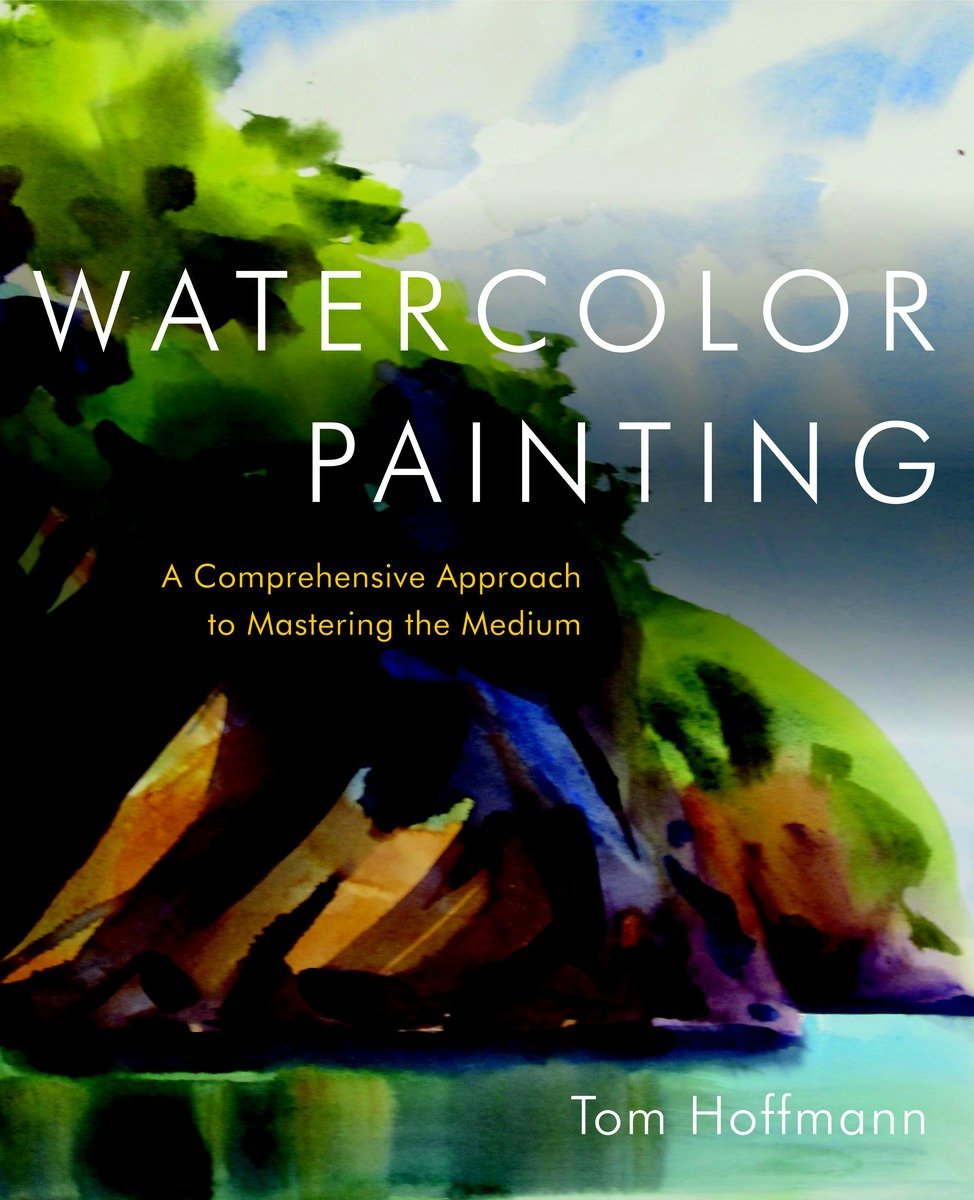Watercolor Painting: A Comprehensive Approach to Mastering the Medium
27.00 JOD
Please allow 2 – 5 weeks for delivery of this item
Add to Gift RegistryDescription
The beauty of a watercolor painting lies in its diaphanous layers, delicate strokes, and luminous washes. However, the very features that define the beauty of the medium can make it difficult to master. This complete guide to understanding the relationships between color, value, wetness, and composition unravels the mysteries of watercolor to help your practice evolve. Experienced teacher and acclaimed artist Tom Hoffmann offers a unique, inquiry-based approach that shows you how to translate any subject into the language of watercolor. With Hoffmann as your guide, you’ll learn the key questions to ask yourself at every turn and time-tested methods to help you reach solutions. Hoffmann’s thorough explanations and step-by-step demonstrations delineate the process of composing a painting in watercolor, while art from more than thirty-five past and present masters, including John Singer Sargent, Ogden Pleissner, George Post, Emil Kosa, Jr., Mary Whyte, Trevor Chamberlain, Lars Lerin, Torgeir Schjølberg, Piet Lap, Leslie Frontz, and Alvaro Castagnet serve to illustrate and inspire. Whether you’re a serious beginner or a seasoned practitioner, this book will guide you toward the all-important balance between restraint and risk-taking that every watercolorist seeks.
Additional information
| Weight | 1.21445 kg |
|---|---|
| Dimensions | 2.0828 × 23.6474 × 28.6258 cm |
| Author(s) | |
| Format Old` | |
| Language | |
| Pages | 208 |
| Publisher | |
| Year Published | 2012-12-11 |
| Imprint | |
| Publication City/Country | USA |
| ISBN 10 | 0823006735 |
| About The Author | Tom Hoffmann is a practicing artist and teacher who has been dedicated to the watercolor medium for more than thirty years. He received his BFA from Amherst College and an MA in Art Education from the University of London. His paintings have been exhibited at the Seattle Art Museum, the Frye Museum, Tacoma Art Museum, the Copley Society of Boston, and the Park Avenue Armory in New York City. He currently teaches three levels of watercolor classes at the Gage Academy of Art in Seattle, Washington. |
| Table Of Content | Watercolor PaintingContentsIntroduction: Understanding Watercolor Chapter One: Translating a Subject into the Language of Watercolor Being Mindful of Your Subject Revisiting Your Purpose Identifying the Tricky Parts Knowing Where to Begin Knowing When to Stop Maintaining Intentionality with Your Marks Recognizing What Works Using the Language of Form Chapter Two: Knowing What Not to Paint Identifying the Major Shapes Creating a Five-Value Monochrome Study Evaluating a Simplified Study Creating a Two-Layer Geometric Sketch Thinking about Stopping Creating a Three-Layer Thumbnail Sketch Chapter Three: Seeing in Layers Resolving an Image through LayersLearning to Exercise Restraint Identifying Individual Layers Evaluating the Layers Chapter Four: Understanding Value Identifying the Lightest Part of the Picture Reserving the Whites Reserving Non-White Elements Identifying the Darkest Part of the Picture Bracketing the Values Knowing How Dark You Can Go Critiquing the Darks Knowing When to Depart from “Accuracy” Chapter Five: Sharing Control of Wetness Working with Hard and Soft Edges Planning the Wetness of the Paper Providing Enough Time for Each Task Gauging How Much Paint You Need Gauging the Wetness of the Brush Rewetting an Area Knowing When to Depart from “Accuracy” Chapter Six: Getting the Most out of Color Serving Your Main Goals with Color Evaluating Your Palette Mixing Your Colors Identifying the Dominant Color Evaluating the Effects of Color Temperature Knowing When to Depart from “Accuracy” Enlivening Your Darks Choosing Colors for Your Neutrals Chapter Seven: Developing an Instinct for Composition Sketching Your Subject Translating Form into Content Knowing When to Depart from “Accuracy” Creating the Illusion of Space Being Mindful of Abstraction Establishing Balance Chapter Eight: Becoming Your Own Teacher Identifying the Qualities of a Good Teacher Establishing Who Is in Charge Painting for Its Own Sake Devising Alternate Strategies Identifying What Worked Well Expanding Your Range Asking the Questions Index |
Only logged in customers who have purchased this product may leave a review.






Reviews
There are no reviews yet.